Related Research Articles
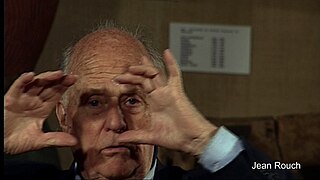
Jean Rouch was a French filmmaker and anthropologist.
The Francs-tireurs et partisans – main-d'œuvre immigrée (FTP-MOI) were a sub-group of the Francs-tireurs et partisans (FTP) organization, a component of the French Resistance. A wing composed mostly of foreigners, the MOI maintained an armed force to oppose the German occupation of France during World War II. The Main-d'œuvre immigrée was the "Immigrant Movement" of the FTP.
Hélène Châtelain was a French actress who appeared as "the woman" in Chris Marker's La Jetée (1962), and later worked with playwright Armand Gatti and Iossif Pasternak. She was also a translator, writer and filmmaker (Goulag).

The Musée de l'Homme is an anthropology museum in Paris, France. It was established in 1937 by Paul Rivet for the 1937 Exposition Internationale des Arts et Techniques dans la Vie Moderne. It is the descendant of the Musée d'Ethnographie du Trocadéro, founded in 1878. The Musée de l'Homme is a research center under the authority of various ministries, and it groups several entities from the CNRS. The Musée de l'Homme is one of the seven departments of the Muséum national d'histoire naturelle. The Musée de l'Homme occupies most of the Passy wing of the Palais de Chaillot in the 16th arrondissement. The vast majority of its collection was transferred to the Quai Branly museum.

The Musée du quai Branly – Jacques Chirac, located in Paris, France, is a museum designed by French architect Jean Nouvel to feature the indigenous art and cultures of Africa, Asia, Oceania, and the Americas. The museum collection comprises more than a million objects, of which 3,500 are on display at any given time, in both permanent and temporary thematic exhibits. A selection of objects from the museum are also displayed in the Pavillon des Sessions of the Louvre.
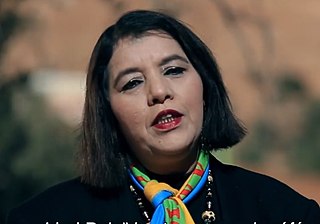
Fatima Tabaamrant is a Moroccan Berber actress and singer-songwriter. She sings and performs in her native Berber tongue.
Gradhiva is an anthropological and museological journal, founded in 1986 by the poet and social scientist Michel Leiris and by the anthropologist Jean Jamin. It is since 2005 published by the Musée du Quai Branly in Paris.

Georges Louis Condominas was a French cultural anthropologist. He is best known for his field studies of the Mnong people of Vietnam.
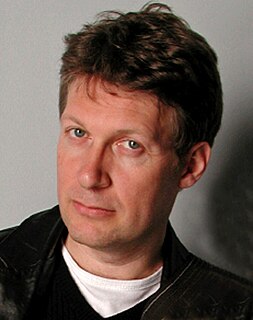
Martin Meissonnier Started as a young reporter for the legendary French daily Libération, Martin Meissonnier's work as a filmmaker has a strong global flavor. His producing and directing credits include major documentaries about finance, politics and history. As for now, he is exploring the subjects of work and new company models, since he's made researches and directed his films Happiness at Work (2015) and What Women Want at Work (2017) and Happines at School, a web platform and film project for October 2021.

The Albert Londres Prize is the highest French journalism award, named in honor of journalist Albert Londres. Created in 1932, it was first awarded in 1933 and is considered the French equivalent of the Pulitzer Prize. Three laureates are awarded each year. The three categories are : "best reporter in the written press", "best audiovisual reporter" and "best reporting book".

Fabrizio Calvi was a French investigative journalist who specialized in cases involving organized crime and the secret services. He worked as a writer and journalist and was the author of several films. He wrote more than 20 books and 40 films, including Série noire au Credit Lyonnais, L’orchestre noir, Les routes de la terreur 911 and Elf, une afrique sous influence, all of which were broadcast by Arte.
The Globes de Cristal Awards is a set of awards bestowed by members of the French Press Association recognizing excellence in home art and culture. The annual formal ceremony and dinner at which the awards are presented happens each February.
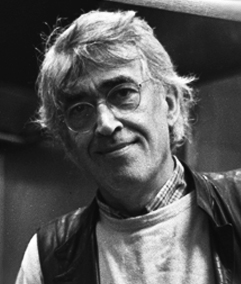
Vincent Blanchet was a French filmmaker, documentary teacher and inventor of microphones.
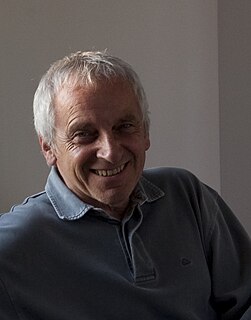
Patrick Bokanowski is a French filmmaker who makes experimental and animated films.
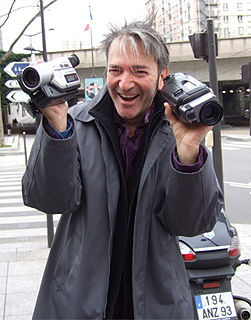
Jean-Claude Mocik, was born on February 9, 1958 in Livry Gargan. He is a film-maker, video director, a director and teacher.
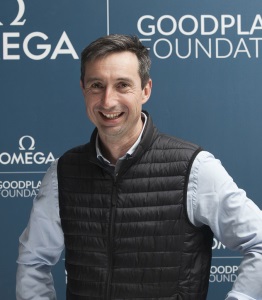
Michael Pitiot is a French screenwriter and film director. He lives and works in France.

China Screen is an annual independent Chinese documentary film festival organized by "Les Écrans des Mondes," a non-profit organization founded in 2007 in Paris. Known in France as "Les Écrans de Chine," the festival was set up to promote dialogue about and understanding of modern-day China. Festival president Michel Noll, a documentary producer and director himself, is also the founder of ICTV, the Paris-based documentary production and distribution company, as well as Quartier Latin Media, a small, independent Studio based in London.
The International Art Books and Films Festival or FILAF, is an international festival about artbooks and films which takes place annually in Perpignan since 2011. Its goal is to promote and award the best books and films about art produced each year in the world.
Éric Savin is a French film and TV actor.
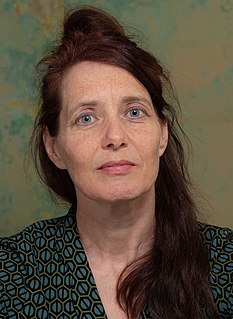
Cosima Dannoritzer is a documentary filmmaker und film producer, whose documentaries focus on science, technology, ecology und history. She became known internationally as the screenwriter and film director of the multi-award-winning documentary The Light Bulb Conspiracy, which looks at the history and impact of planned obsolescence.
References
- ↑ Emmanuel Lemieux Génération tonton 2011– p62 : Stéphane Breton (1959) s'enquiert de l'élection française à la télévision, sur le campus de Berkeley (États- Unis).
- ↑ Portrait in Le Monde June 2006
- ↑ Portrait in Libération December 2008
- ↑ Review of Breton's films at Cing films exceptionnels de Stéphane Breton by fr:Jean-Jacques Birgé.
- ↑ His ethnographic films have been shown at the Harvard Film Archive.
- ↑ Stéphane Breton – Harvard Film Archive.
- ↑ Stéphane Breton's filmography
- ↑ Review in Télérama March 2008, "arrêt sur image"
- ↑ Review in Le Monde February 2011, "le Cinéma du Musée Branly"